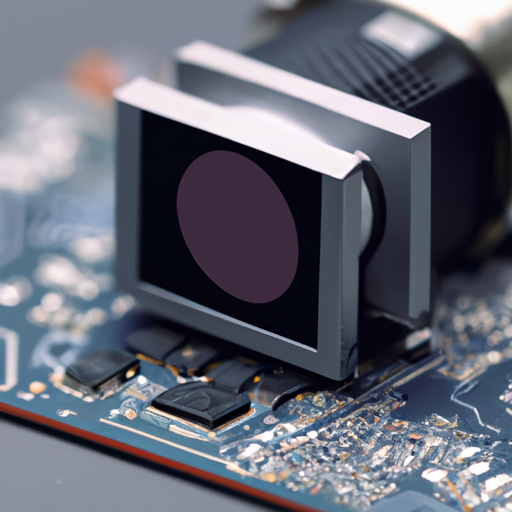Application Development in Optical Motion Sensors for CFR-25JB-52-130K: Key Technologies and Success Stories
Optical motion sensors have become integral to a wide range of applications, from consumer electronics to industrial automation. While the CFR-25JB-52-130K may refer to a specific component, such as a resistor or sensor, the broader context of optical motion sensors encompasses various technologies and successful implementations. Below, we explore key technologies and notable success stories in the field.
Key Technologies in Optical Motion Sensors
| 1. Image Processing Algorithms | |
| 2. Infrared and Laser Technology | |
| 3. Time-of-Flight (ToF) Sensors | |
| 4. LIDAR (Light Detection and Ranging) | |
| 5. Machine Learning and AI | |
| 6. Miniaturization and Integration | |
| 1. Smartphones and Tablets | |
| 2. Automotive Industry | |
| 3. Healthcare Applications | |
| 4. Smart Home Devices | |
| 5. Gaming and Virtual Reality | |
| 6. Industrial Automation | |
Success Stories
Conclusion

The development of applications in optical motion sensors is a dynamic and rapidly evolving field, driven by technological advancements and growing demand across various industries. The integration of optical motion sensors with cutting-edge technologies, such as AI and machine learning, is paving the way for innovative solutions that enhance user experiences and operational efficiencies. As these technologies continue to mature, we can anticipate even more successful applications and use cases in the future, further solidifying the role of optical motion sensors in modern technology.
Application Development in Optical Motion Sensors for CFR-25JB-52-130K: Key Technologies and Success Stories
Optical motion sensors have become integral to a wide range of applications, from consumer electronics to industrial automation. While the CFR-25JB-52-130K may refer to a specific component, such as a resistor or sensor, the broader context of optical motion sensors encompasses various technologies and successful implementations. Below, we explore key technologies and notable success stories in the field.
Key Technologies in Optical Motion Sensors
| 1. Image Processing Algorithms | |
| 2. Infrared and Laser Technology | |
| 3. Time-of-Flight (ToF) Sensors | |
| 4. LIDAR (Light Detection and Ranging) | |
| 5. Machine Learning and AI | |
| 6. Miniaturization and Integration | |
| 1. Smartphones and Tablets | |
| 2. Automotive Industry | |
| 3. Healthcare Applications | |
| 4. Smart Home Devices | |
| 5. Gaming and Virtual Reality | |
| 6. Industrial Automation | |
Success Stories
Conclusion

The development of applications in optical motion sensors is a dynamic and rapidly evolving field, driven by technological advancements and growing demand across various industries. The integration of optical motion sensors with cutting-edge technologies, such as AI and machine learning, is paving the way for innovative solutions that enhance user experiences and operational efficiencies. As these technologies continue to mature, we can anticipate even more successful applications and use cases in the future, further solidifying the role of optical motion sensors in modern technology.